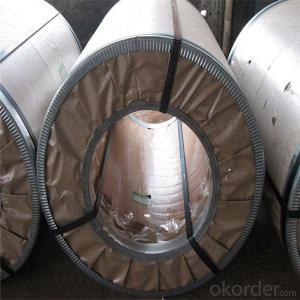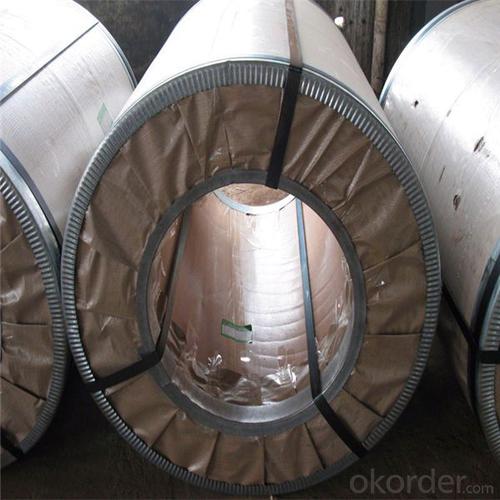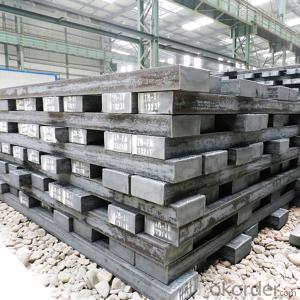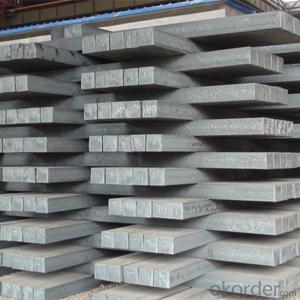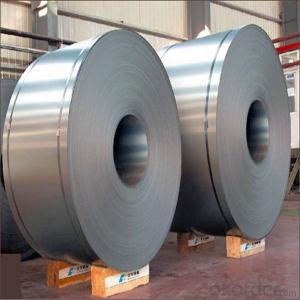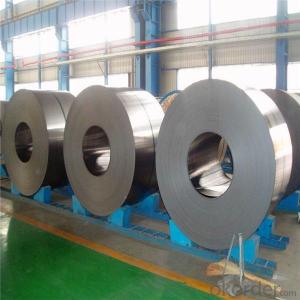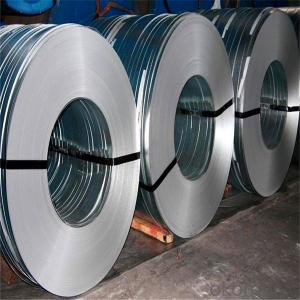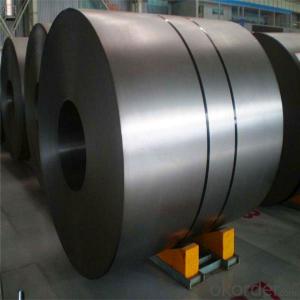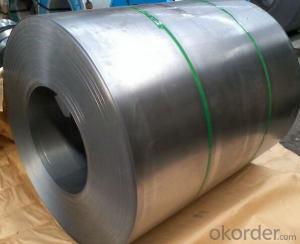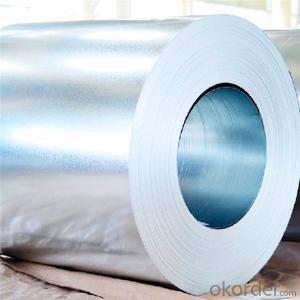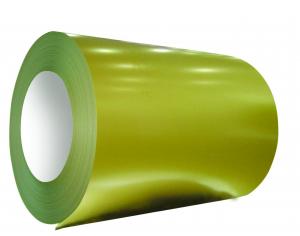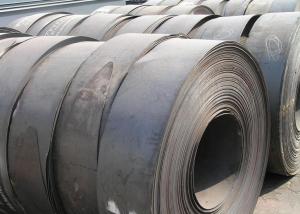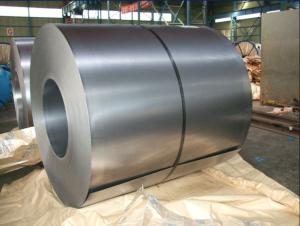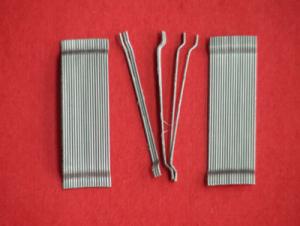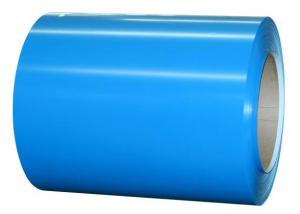High Quality Cold Rolled Steel Made in China China Supplier
- Loading Port:
- China main port
- Payment Terms:
- TT OR LC
- Min Order Qty:
- 20 m.t.
- Supply Capability:
- 50000 m.t./month
OKorder Service Pledge
OKorder Financial Service
You Might Also Like
Specification
Prime Quality SPCC Cold Rolled Steel Sheet/Coil
Widely used to appliance,automobile industry or other decoration usage.
Certificate: ISO9001
Packing Details: Wrapped by water proof paper and plastic film.Covered with iron sheet,strapped by steel strips to protect the damage under transportation.
Details please check following format
Brief Introduction
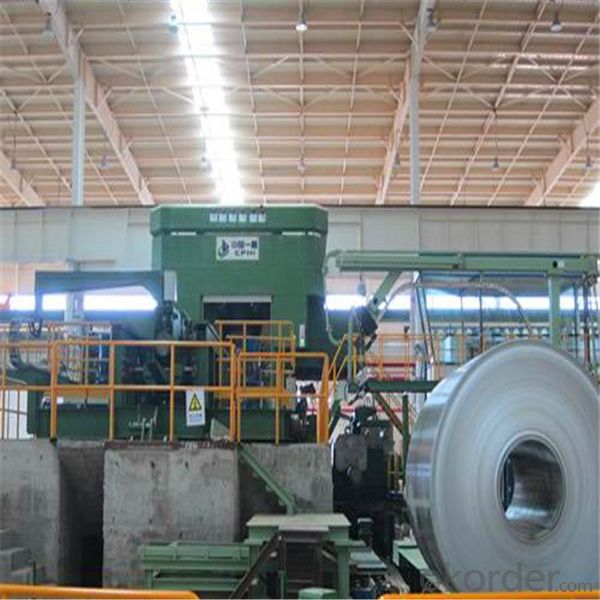
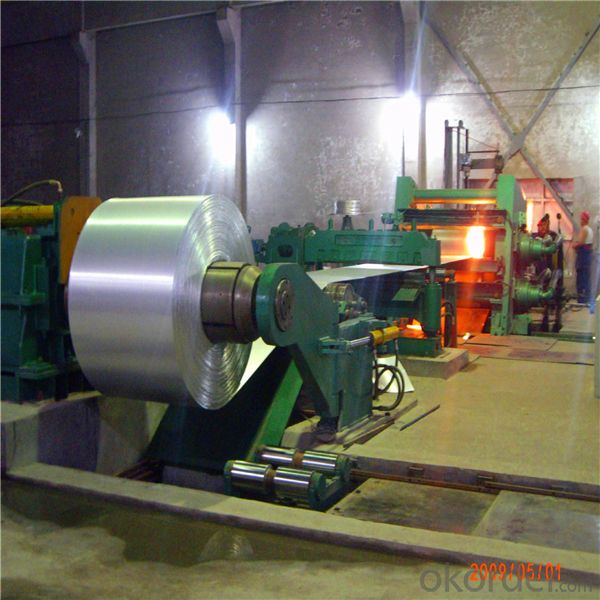
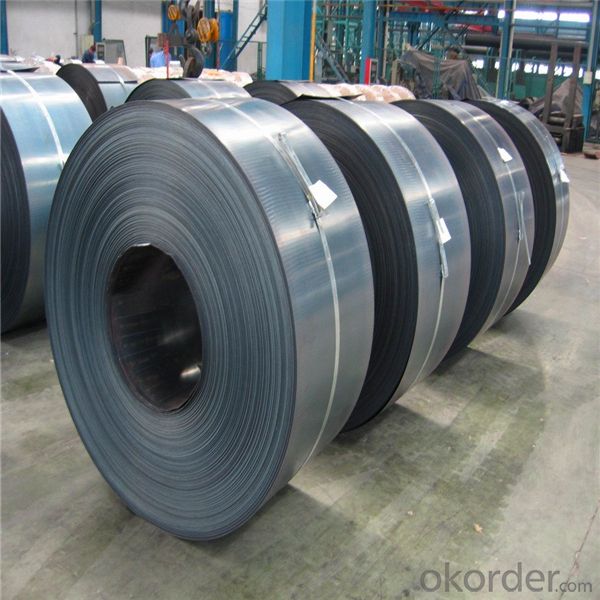
Specification
1. Thickness: 0.4-2.0mm
2. Width: 900-1250mm
3. Inner Diameter: 508mm
4. Weight of Steel Coil: 3-15MT
5. Heat Treatment: Annealed
6. Margin Status: EC & EM
7. Surface Quality: FB&FC
8. Surface Status: SB & SD
9. Surface Treatment: Oiling
Mechanical Properties
1. Yield Strength: ≤320MPa
2. Tensile Strength: ≤370MPa
3. Elongation (L=50mm, b=25mm) When:
(1) Nominal Thickness<0.25mm: 30%
(2) Nominal Thickness 0.25mm-<0.40: 32%
(3) Nominal Thickness 0.40-<0.60mm: 34%
(4) Nominal Thickness 0.60-<1.0mm: 36%
(5) Nominal Thickness 1.0-<1.6mm: 37%
(6) Nominal Thickness >1.6mm: 38%
Standard: AISI, ASTM, BS, DIN, GB, JISGrade: DX51D, SGCC, ENG10142, ASTM A653Thickness: 0.1mm-3.0mm
Place of Origin: Hebei China (Mainland)Brand Name: YuandaModel Number:
Type: Steel CoilTechnique: Cold RolledSurface Treatment: Other
Application: Flange PlateSpecial Use: High-strength Steel PlateWidth: 700mm-2000mm
Length: As required
Packaging & Delivery
FAQ
1. Q: Where is your company located? How can I visit there?
A: Our company is located in Beijing, China. Welcome to visit us.
2. Q: Can I get sample and how long will it take?
A:Yes. We can supply sample. And you need to pay for courier.
3. Q: What's the MOQ?
A: Our MOQ is 25mt.
4. Q: What's the delivery time?
A: It will take about 30 days after TT or L/C.
5. Q: What is the payment terms?
A: T/T, L/C at sight
6. Q: How does your factory carry out quality control?
A: We attach great importance to quality control.Every part of our products has its own QC.
7. Q: What certificate do you have?
A: We have SGS, ISO9001 etc.
- Q: How do steel products contribute to the defense and military sector?
- Steel products play a crucial role in the defense and military sector as they are used in the production of various equipment and structures. Steel is known for its strength, durability, and resistance to damage, making it an ideal material for manufacturing weapons, vehicles, submarines, aircraft carriers, and other military hardware. Additionally, steel is used in constructing military infrastructure such as airfields, barracks, and command centers, providing the necessary protection and support for military operations. Overall, steel products contribute significantly to the defense and military sector by ensuring the reliability, safety, and effectiveness of various defense systems and infrastructure.
- Q: What are the different types of steel plates and their applications?
- There are various types of steel plates available for different applications. Some common types include carbon steel plates, alloy steel plates, stainless steel plates, and abrasion-resistant plates. Carbon steel plates are used in construction, shipbuilding, and structural applications. Alloy steel plates are suitable for high-stress environments and are used in industries like aerospace and oil and gas. Stainless steel plates are corrosion-resistant and find applications in food processing, chemical, and medical industries. Abrasion-resistant plates are used in heavy machinery and mining equipment to withstand wear and tear.
- Q: What are the environmental impacts of steel production and the use of steel products?
- Steel production and the use of steel products have significant environmental impacts. The production process itself is energy-intensive and releases a substantial amount of carbon dioxide, contributing to climate change. It also generates air and water pollution through the emission of various pollutants and the production of hazardous waste. Additionally, the extraction of raw materials, such as iron ore and coal, contributes to deforestation, habitat destruction, and the loss of biodiversity. However, steel is a durable and recyclable material, so the environmental impacts can be mitigated through efficient recycling practices and the use of renewable energy sources in production.
- Q: What are the applications of alloy steel in the manufacturing of heavy machinery?
- Alloy steel is widely used in the manufacturing of heavy machinery due to its exceptional strength, durability, and resistance to wear and tear. It is commonly employed in the production of components such as gears, shafts, bearings, and structural frames, where high strength and reliability are crucial. Moreover, alloy steel's ability to withstand extreme temperatures and pressure makes it suitable for applications in heavy-duty machinery used in industries like mining, construction, and oil and gas. Overall, alloy steel enhances the performance and longevity of heavy machinery, ensuring their efficient operation in demanding environments.
- Q: How is steel used in the production of oil and gas pipelines?
- Steel is commonly used in the production of oil and gas pipelines due to its strength, durability, and resistance to corrosion. It is used to construct the main body of the pipeline, providing a secure and reliable means of transporting oil and gas over long distances. Additionally, steel pipes are able to withstand high pressures and extreme temperatures, making them suitable for the demanding conditions of the oil and gas industry.
- Q: What are the different types of steel valves and their applications?
- There are several types of steel valves commonly used in various industries. These include gate valves, globe valves, ball valves, butterfly valves, and check valves. Gate valves are primarily used for on/off applications and provide a tight seal when closed. They are commonly used in water treatment plants, oil and gas pipelines, and power generation systems. Globe valves have a spherical body and are suitable for regulating flow. They are frequently used in industries such as HVAC, steam systems, and chemical processing. Ball valves consist of a rotating ball with a hole that controls flow. They are versatile and widely used in applications where tight shut-off is required, such as oil and gas pipelines, chemical plants, and water treatment systems. Butterfly valves have a disc-shaped closure element that rotates to control flow. They are lightweight, cost-effective, and commonly used in applications involving large flow rates, such as HVAC systems, water supply networks, and wastewater treatment plants. Check valves, also known as non-return valves, allow flow in one direction only and prevent backflow. They are used in various applications, including pumps, compressors, and power plants. Each type of steel valve serves specific purposes based on their design and functionality. The choice of valve depends on factors such as the nature of the fluid, pressure and temperature requirements, and the specific application in industries ranging from oil and gas to water treatment and beyond.
- Q: What are the different types of steel tanks and their applications in the food processing industry?
- There are several types of steel tanks used in the food processing industry, including stainless steel tanks, carbon steel tanks, and food-grade epoxy-coated steel tanks. Stainless steel tanks are commonly used for storing and processing food products due to their corrosion resistance, easy cleaning, and durability. Carbon steel tanks are often used for bulk storage of ingredients and raw materials, as they are cost-effective and can handle high capacities. Food-grade epoxy-coated steel tanks are suitable for storing acidic or corrosive food products, as the coating provides an additional layer of protection. Overall, these different types of steel tanks serve various purposes in the food processing industry, ensuring the safe and efficient storage and processing of food products.
- Q: What are the different types of steel profiles and sections available?
- There are various types of steel profiles and sections available, including I-beams, H-beams, U-channels, C-channels, angles, and T-sections. Each type has its own unique shape and dimensions, making them suitable for different structural and construction applications.
- Q: What are the properties of alloy steel for high-temperature applications?
- Alloy steel for high-temperature applications possesses several key properties. Firstly, it has excellent strength and toughness, allowing it to withstand high temperatures without deformation or failure. Additionally, it exhibits good corrosion resistance, preventing damage or degradation in harsh environments. Another important property is its ability to maintain hardness and dimensional stability under elevated temperatures. Moreover, alloy steel for high-temperature applications has good thermal conductivity, ensuring efficient heat transfer and distribution. Lastly, it often possesses high creep resistance, enabling it to withstand prolonged exposure to elevated temperatures without significant deformation.
- Q: How is steel tubing used in the production of furniture?
- Steel tubing is commonly used in the production of furniture as a structural component to provide strength and stability. It is often used in the construction of chair and table frames, as well as for making legs, supports, and other parts. Steel tubing offers durability and versatility, allowing for various design options and the ability to create sleek and modern furniture pieces.
Send your message to us
High Quality Cold Rolled Steel Made in China China Supplier
- Loading Port:
- China main port
- Payment Terms:
- TT OR LC
- Min Order Qty:
- 20 m.t.
- Supply Capability:
- 50000 m.t./month
OKorder Service Pledge
OKorder Financial Service
Similar products
Hot products
Hot Searches
Related keywords
